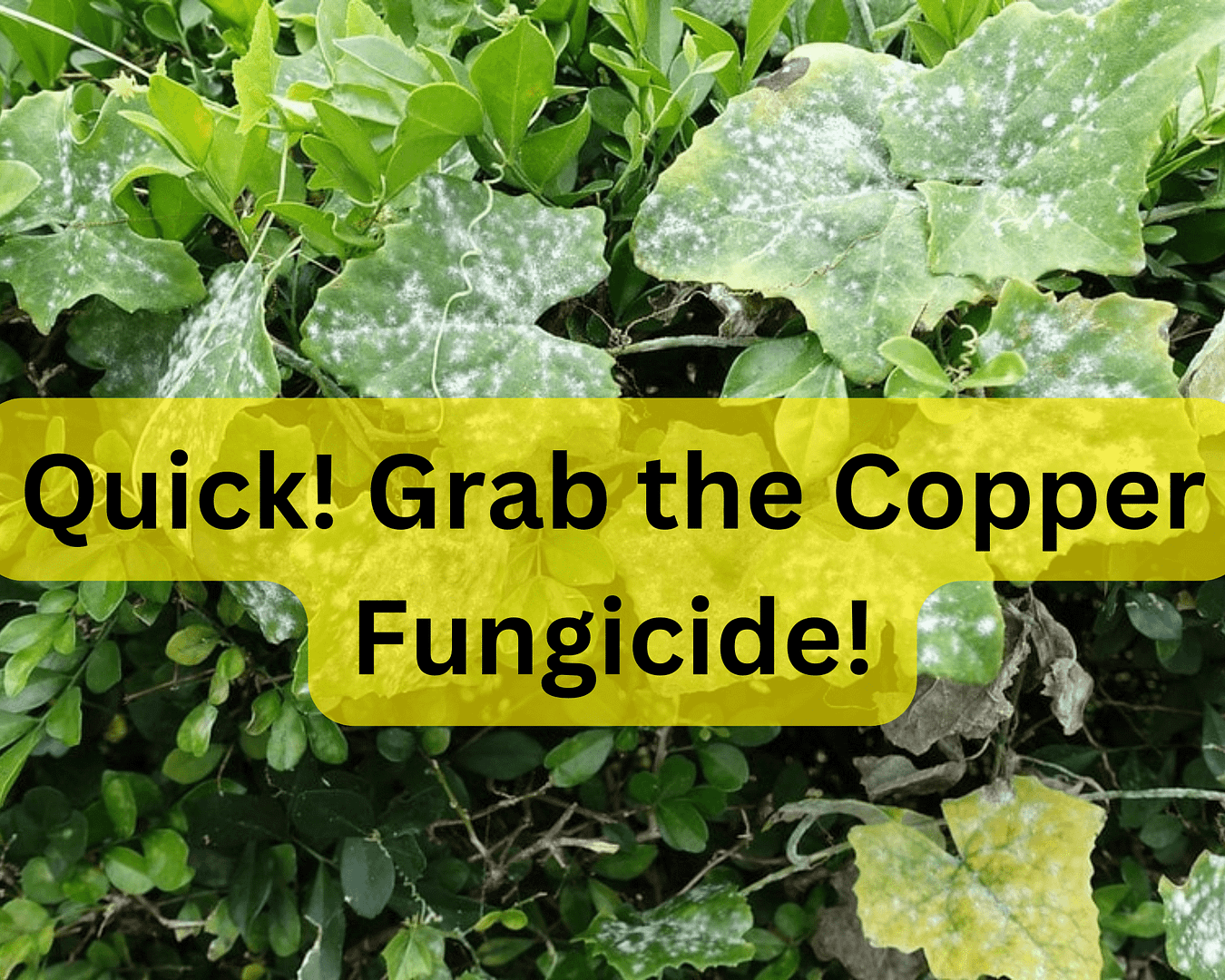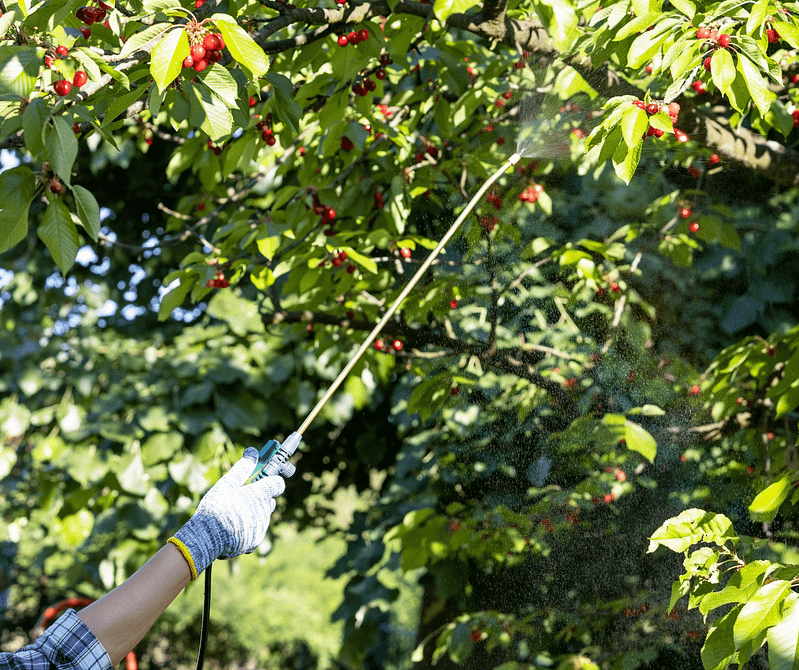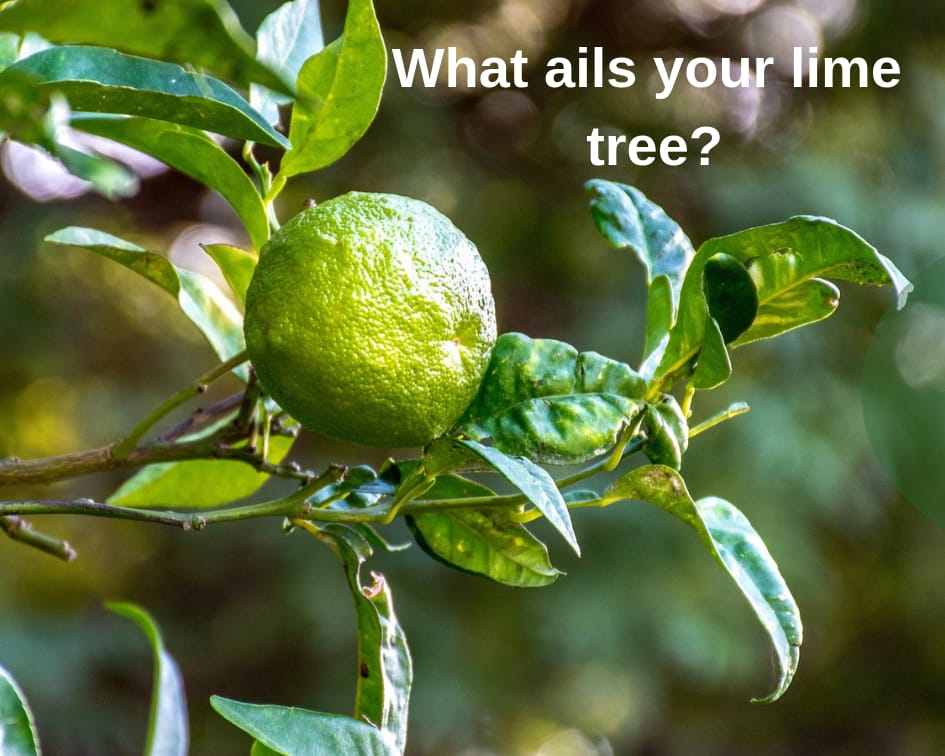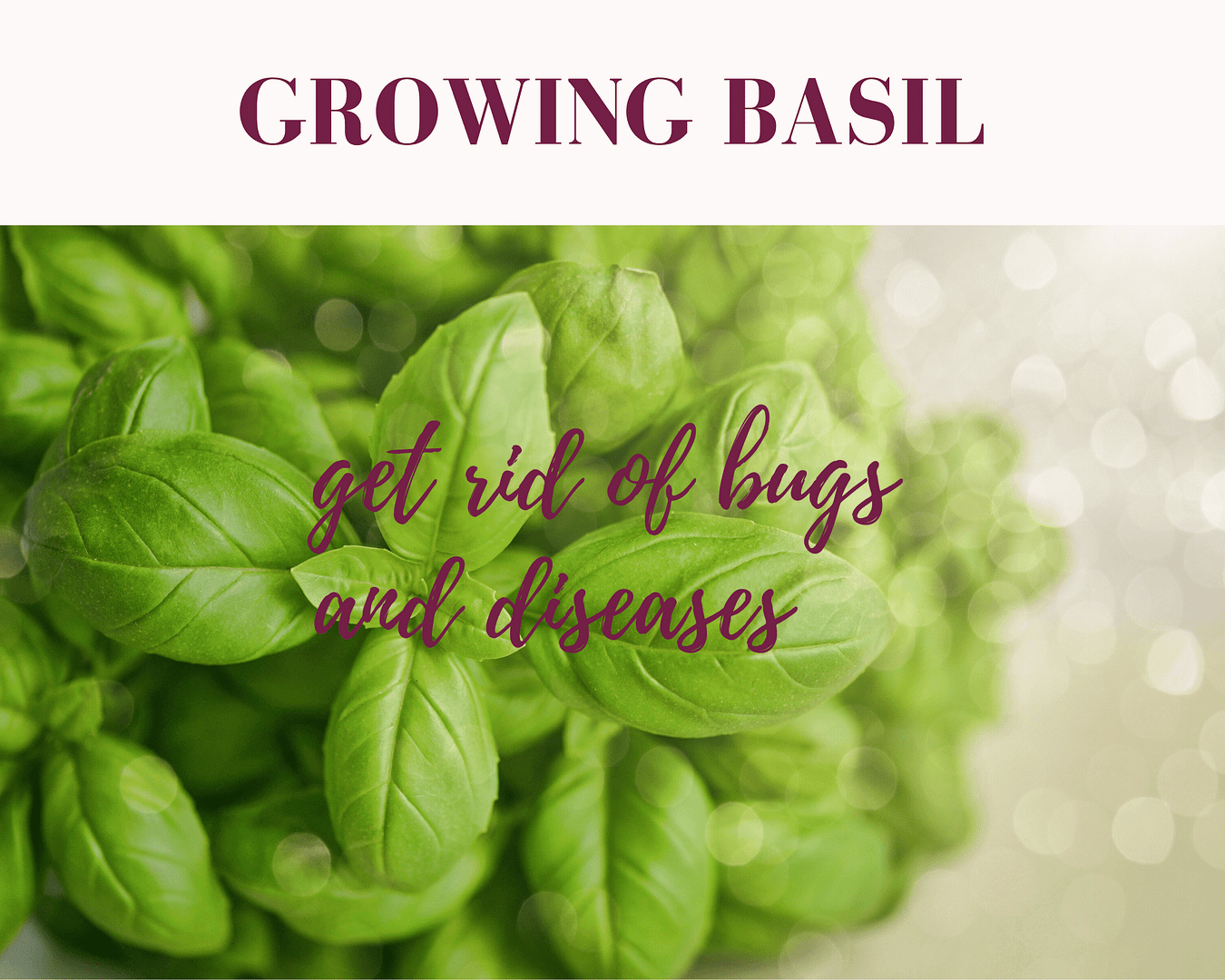This post may contain affiliate links. As an Amazon Associate we earn from qualifying purchases.
What is copper fungicide? Read on to learn everything you need to know.
Powdery or downy mildew on your vegetable plants, leaf spot or blight on your strawberries, stem canker on your fruit tree or anthracnose on your ornamentals.
Each season brings with it the possibility that one of your prized plants will be hit with a disease. Those caused by fungal pathogens can be the most challenging to deal with.
As always, prevention is the best cure. That’s what copper fungicides provide. Read on to learn all you need to know about using copper fungicides in the home garden.
What does copper fungicide treat?
Remember, copper fungicide doesn’t “treat” diseases. It does, however, prevent them if they’re caught before they infect the plant.
Some of the diseases that copper fungicide controls include:
- Powdery mildew
- Black spot
- Peach leaf curl
- Rust
- Bacterial leaf spot
- Fire blight
- Anthracnose
- Several bacteria pathogens, including those that cause a number of leaf spot diseases.
Each product’s label will have a list of diseases for which the fungicide is effective at controlling.
What are the disadvantages of copper fungicide?
The biggest disadvantage of copper fungicides is that they don’t cure an active fungal infection. They do, however, prevent them.
“Copper ions kill by denaturing [destroying or altering the natural qualities of] proteins and enzymes in cells of pathogens they contact that have not yet infected the plant,” according to Margaret Tuttle McGrath with Cornell University’s College of Agriculture and Life Sciences.
The result?
“… once a pathogen enters host tissue, it will no longer be susceptible to copper treatments. Thus, copper sprays act as protectant fungicide/bactericide treatments, but lack post-infection activity.”
So, although it won’t stop the pathogens that are already infecting the plant, liquid copper fungicide stops new spores from germinating.
If you know, however, which of your plants are susceptible to bacterial or fungal diseases, you’re one step ahead. Spray the plant before the beasties show up and you may be able to stop them.
Disadvantage number two?
Many gardeners praise the day copper fungicides became available to them. “However, copper can also kill plant cells if absorbed in sufficient quantities,” cautions Gordon Johnson, University of Delaware Extension vegetable & fruit specialist.
Apparently, the copper ions in the fungicide persist on the plant’s leaves. When the leaves get wet, they are released in tiny amounts.
This is excellent news for the gardener, but not so good for the plant. “These released copper ions are what will kill pathogen cells and also have the ability to kill plant cells,” Johnson claims.
New growth, since their waxy layers are still developing, are at most risk.
I feel like a bad news bear here, but Johnson isn’t finished. He goes on to say that research shows that adding a surfactant to the copper fungicide only complicates matters.
For new gardeners, a surfactant is something (in home gardens, it is typically a dish detergent) added to another substance to reduce the surface tension, allowing the other substance (in this case, the fungicide) to spread easily.
The surfactant “… allows the copper to spread over more of the leaf surface and contact more stomates as well as to penetrate more through cuticles,” according to Johnson.
And, therein lies the problem. The previously mentioned research found that adding a surfactant to a copper fungicide increases the possibility of injury to the plant.
Avoid adding surfactants or spreader-stickers to the fungicide.
And, disadvantage number three
These products are toxic to many of the beneficials in the soil, including earthworms, fungi and others. Keep the fungicide off the soil as much as possible.

Advantages of copper fungicide
Copper fungicides are important for managing diseases caused by bacteria as well as fungal pathogens.
They also make a kick hiney dormant spray to attack mildew, bacterial blights leaf spot (including black spot of roses) and more. Learn more about black spot and get suggestions for fungicides here.
Finally, copper fungicides are considered suitable for use in the organic garden.
When to Use Copper Fungicide
If you’re already familiar with when your plants typically come down with fungal diseases, treat them before or when symptoms usually first appear.
You can also wait until you first see symptoms, but that involves scouting the garden daily so you don’t miss the window of opportunity.
What time of year do you spray copper fungicide?
Copper fungicide can be used any time of the year as long as temperatures do not exceed 85 degrees Fahrenheit and there is no rain in the forecast for at least 4 days.
Is it better to spray fungicide in the morning or evening?
Experts at Michigan State University suggest that spraying copper fungicide in the mornings is ideal. Choose a morning with “… sunny, dry conditions …”
 Will rain wash away copper fungicide?
Will rain wash away copper fungicide?
Keep an eye on the weather forecast and avoid spraying liquid copper fungicide within 4 hours before the start of a rainstorm. This gives the liquid copper fungicide a chance to dry and not be washed away during the rain.
If the rain is unexpected and, like washing your car, it shows up right after you spray, you may need to reapply. Here’s what the experts at Michigan State University Extension suggest:
- There’s no need to reapply if there was less than one inch of rain.
- “Between 1 and 2 inches of rain may not require reapplication; however you may want to cut the interval in half (example: if you are on a 10-day application schedule and it rains, you could spray within 5 days of the last application due to rainfall,”) Annemiek Schilder of Michigan State recommends.
- If you receive more than 2 inches of rain, do a full reapplication, “… even if the last application was within a few days. “… it appears that protectant fungicides become better adsorbed to the plant surface and more rainfast over several days after application,” according to Schilder.
 What is the best copper fungicide?
What is the best copper fungicide?
This is a difficult question to answer. The copper fungicides on the market for residential use “… differ in their active ingredient, use rate, re-entry interval, pre-harvest interval, and the amount of copper as well as cost,” according to Margaret Tuttle McGrath, associate professor with Cornell University.
Here are a few things to keep in mind when shopping for fungicides:
- Avoid wettable powder copper fungicides as they don’t mix well in water. Go for the granular or liquid.
- Copper oxide has been described as the most effective form of copper, but it’s difficult to find on the consumer market.
- The worst: Copper sulfate is toxic to native bees.
If you grow organically, look for the Organic Materials Review Institute (OMRI) Certification on the fungicide’s label (see the photo at the beginning of this section).
“As a 501(c)3 nonprofit organization, OMRI’s daily work is dedicated to supporting organic integrity,” they state on their website. For more information about OMRI visit them online at omri.org.
OMRI labeled copper fungicides include:
 How to use copper fungicide
How to use copper fungicide
A question that we receive all year is “What is the best way to apply copper fungicide?”
There really is no best way to apply copper fungicide. Formulas are available at RTU, or ready to use, right out of the bottle. If you’re spraying a large tree, you’ll probably want to use a sprayer.
- The most important thing to remember is to continually agitate the solution so that the copper remains suspended.
- Equally important is to spray only the leaves and the stems of the plant to keep as much fungicide out of the soil as possible.
- Try to avoid spraying new foliage. Since it won’t have had time to build the waxy coating, it is more susceptible to injury.
- Remember that the copper fungicide must be sprayed before the disease strikes.
- Read and follow the label’s instructions and cautions.
Feature image: Scot Nelson, flickr







